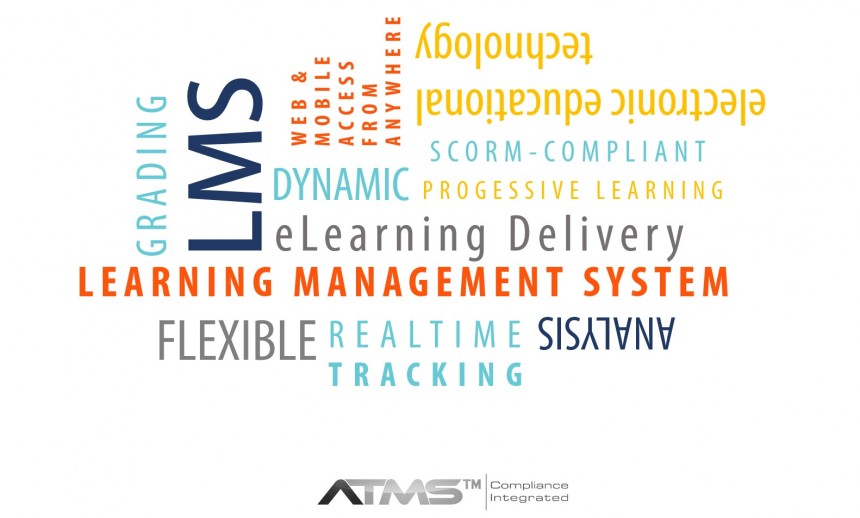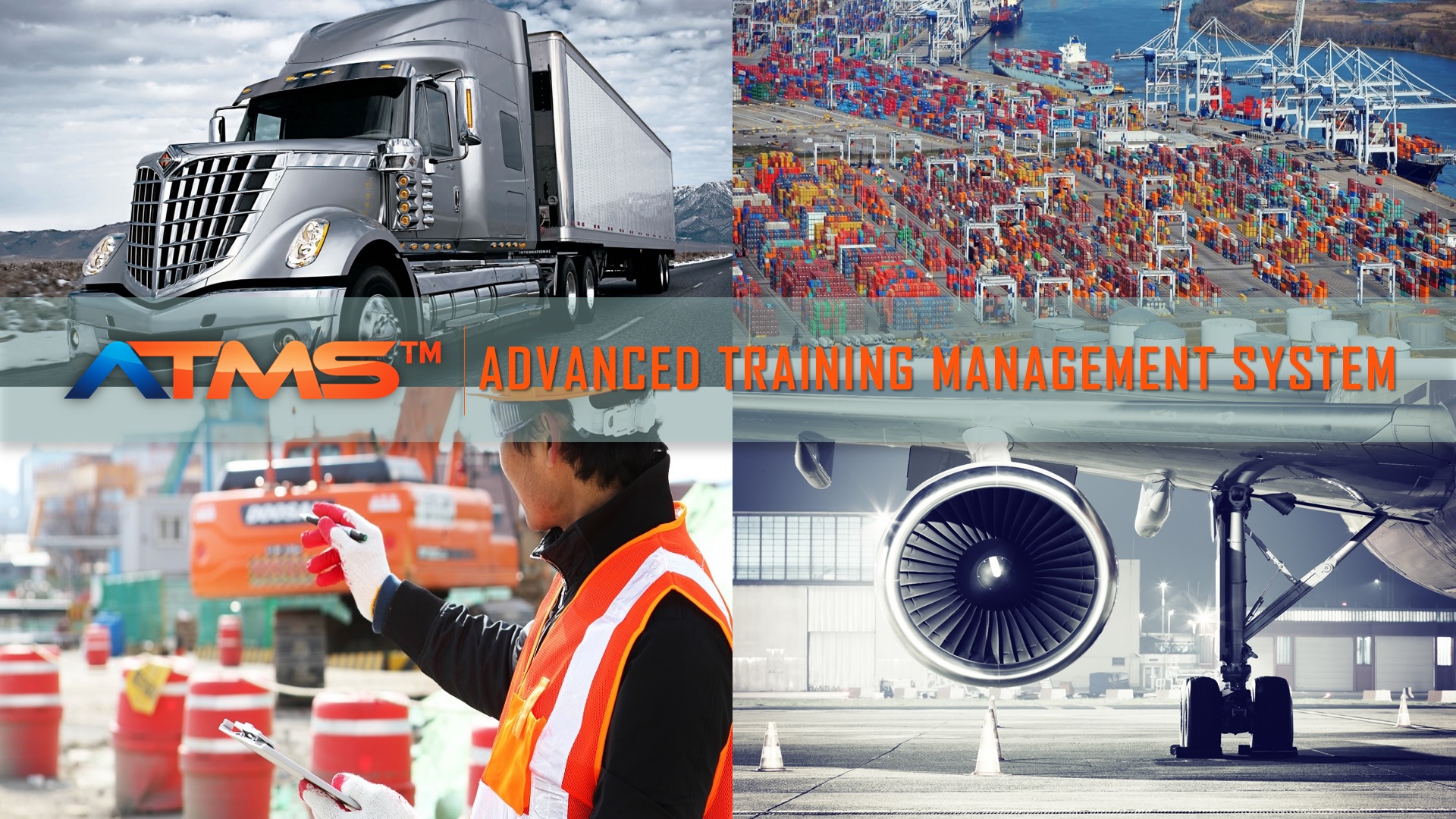The Best Learning Management Systems or LMSs?
What Makes Up the Best Learning Management Systems or LMSs?
In today’s hyper-competitive economic climate, efficiency is king. Especially when keeping your employees safe and compliant. This becomes more challenging as training counts and curriculum complexities increase. Many companies underestimate the cost and time it takes to run an efficient training organization by not choosing a system that goes beyond just eLearning, but can handle the full training lifecycle. Much more goes into training valuable employees than training delivery and grading results, especially with regulatory compliance and safety training programs within the transportation industry whether the company is moving people or things.
Managing the Entire Training Process, Not Just Learning Delivery
Training management systems are capable of issuing and managing a wide range of training. First, to truly understand what a training management system is, let’s break down some terms that are tossed around when it comes to training management and understand what they really mean. A Training Management System or TMS is a system that organizes training curriculums, schedules, training delivery, grading, records and training history. A Learning Management System or LMS is an online portal through which e-learning courses are delivered. In most cases, LMS’ and TMS’ are separate systems which, in turn, are priced separately. However, ATMS a TMS featuring its own built-in LMS, which allows for the delivery of the training and subsequent recordkeeping information to flow cohesively. The reason why this is so important is that is allows you to more cost effectively and more accurately manage your training program while ensuring regulatory compliance.
Beyond the LMS
Companies need to look beyond the LMS (Learning Management System) that works within or in conjunction with an efficient and effective TMS (Training Management System). We often find training managers seeking us out to find a system that can handle more than just eLearning, especially if the training is qualification bases and recurrent. A generic LMS is limited in its capabilities to handle complex training required for civil aviation, military, railroad, maritime, highway, multimodal and other dangerous goods handling training programs. Many companies fall victim to the shiny look and feel of generic LMSs and simply overlook the lack of substantial features until they actually try to manage their training program. Some LMS companies sacrifice robust capablities with a slick, modern interface that may look cooler on the outside, but won’t help them move beyond their old paper filing systems. Or, another similar complaint is that although their LMS can deliver eLearning right from an iPhone, do you really want to trust the pilot who zipped through their latest tests on tiny screen impacted by distractions?







